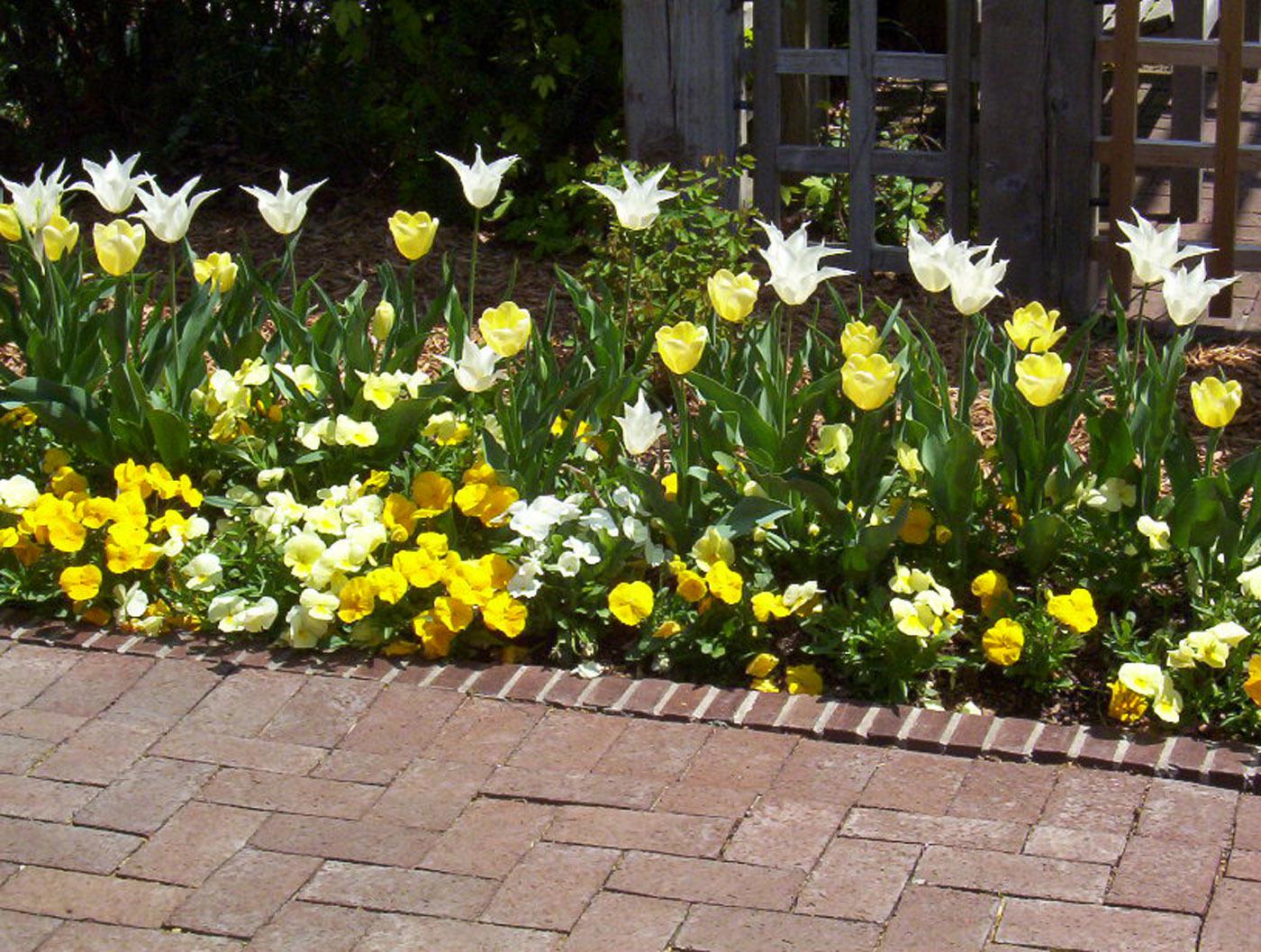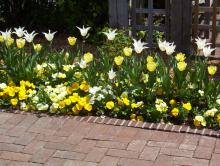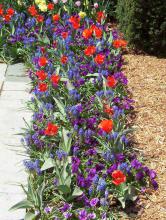Information Possibly Outdated
The information presented on this page was originally released on November 21, 2011. It may not be outdated, but please search our site for more current information. If you plan to quote or reference this information in a publication, please check with the Extension specialist or author before proceeding.
Plant spring-flowering bulbs in wintertime
The weather outside may be frightful, but gardeners who want early spring color get out in it to plant spring-flowering bulbs.
Tulips, daffodils, hyacinths and crocus are among the first plants to give us colorful signs that winter is almost over. Many gardeners refer to all of these as bulbs, even though some grow from underground structures that include corms, rhizomes and tubers.
These spring-flowering plants do not provide the instant color generally associated with flowering bedding plants. Bulb crops make us plan ahead.
In Mississippi, anytime up to and after Thanksgiving is a great time to plant bulbs, tubers and corms. The soil temperatures are cooler, and there is sufficient moisture most years. This moisture allows the root system to establish through the winter months and support the foliage and flowers in the coming spring season.
Planting bulbs in the past was a difficult chore, but the advent of bulb augers that can be attached to cordless drills has made the task much easier.
An 18-volt or larger drill is best for this task. If you don’t already have one, this could be the perfect excuse to buy a tool for yourself or a present for someone else. Drill the holes to the proper depth, place the bulb and cover. Done!
The depth of the hole is determined by the size of the bulb. Generally, you need to dig a hole that is two and a half times the bulb diameter.
Always plant the widest end of the bulb down, as this is usually where the roots are formed. But don’t worry if some are planted upside-down. Mother Nature will help the roots and shoots grow in the proper directions.
Squirrels can be a problem, especially for freshly planted bulbs. Some bulbs and corms have a papery cover called a tunic that provides protection. Do not remove this before planting, and always clean up any debris left behind as these can leave a scent trail for the squirrels to follow.
If you have a squirrel problem, the best protection is a physical barrier. Chicken wire fashioned into a box shape that covers the bulb planting area is foolproof. Leave it in place over the winter months, but remove it when you see new growth in the spring.
If you can’t wait for spring, you can always bring the beauty of spring-flowering bulbs inside this time of year by forcing. Hyacinths and paperwhite daffodils can fill your entire home this winter with their heady fragrances.
Forcing kits are readily available at local home improvement stores, garden centers and even grocery stores. These are inexpensive and will provide indoor beauty and color until the real show begins in the early spring.









